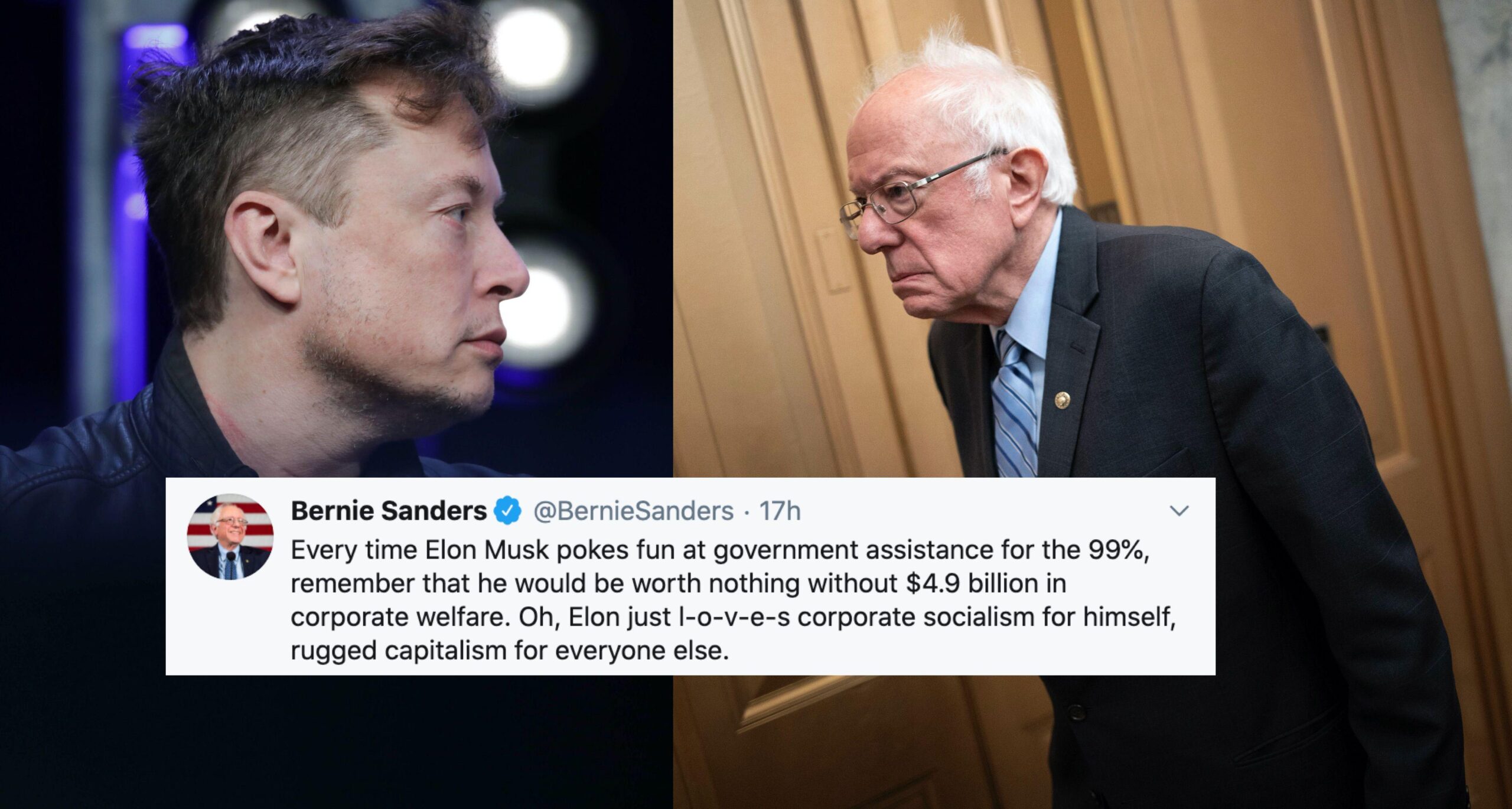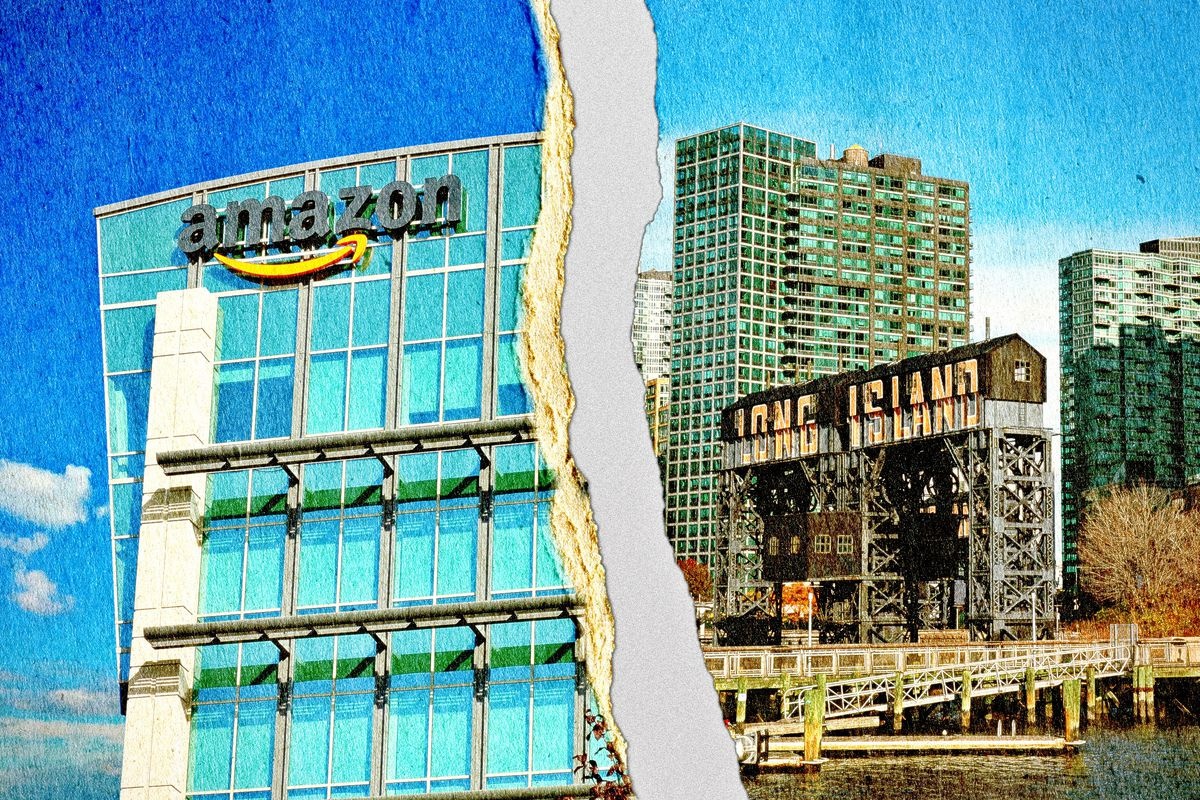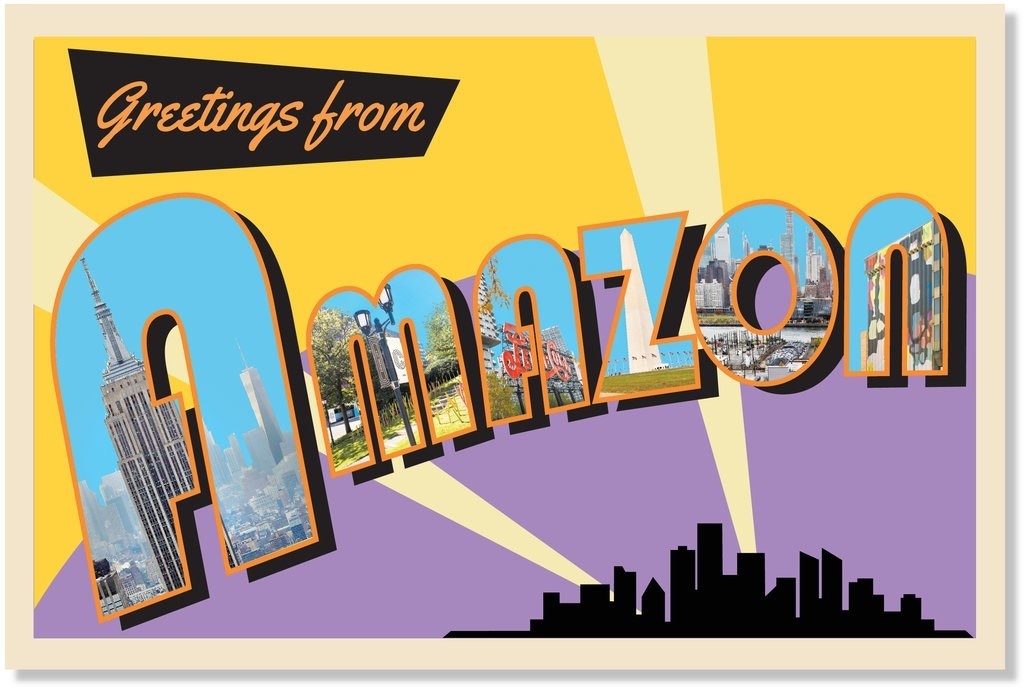
Debate Night: Elon Musk, Jeff Bezos, Bernie Sanders, and the Earth Vs. Space Question

Amazon Bans Police Use of Their Facial Recognition Technology for One Year

Trump Declares May 1 “Law Day,” Coinciding With Nationwide Workers’ Strikes

Why You Should Join Workers From Amazon, Walmart, and FedEx in the May 1st General Strike

How Community Organizers Chased Amazon Out of NYC

New Amazon HQs Headed for VA and NYC

